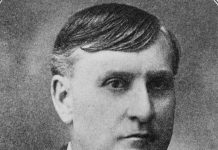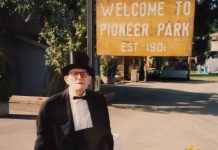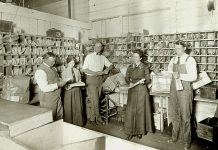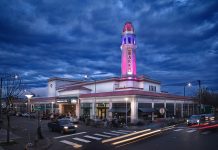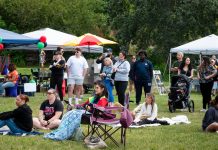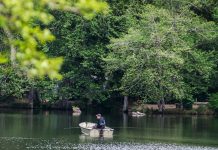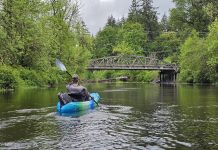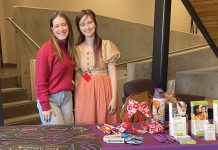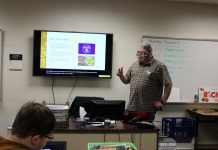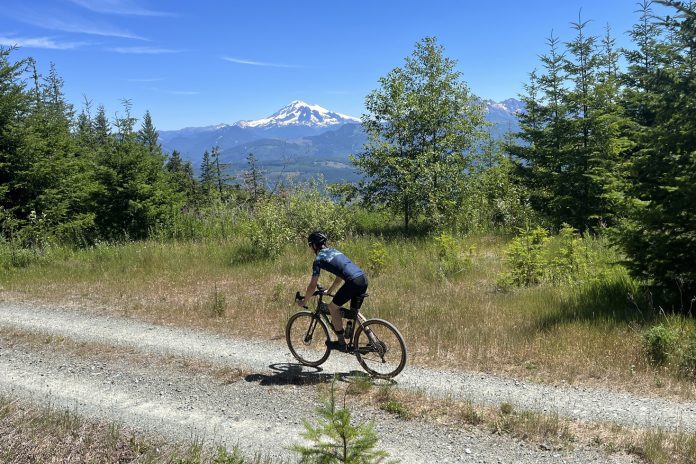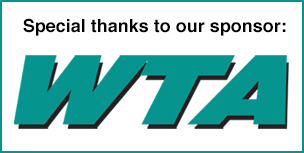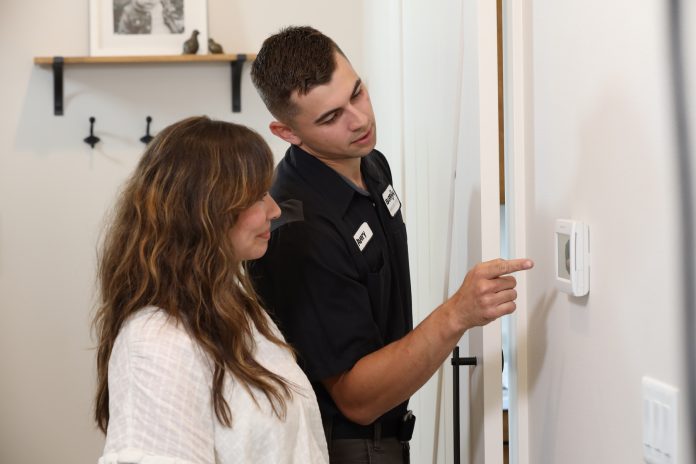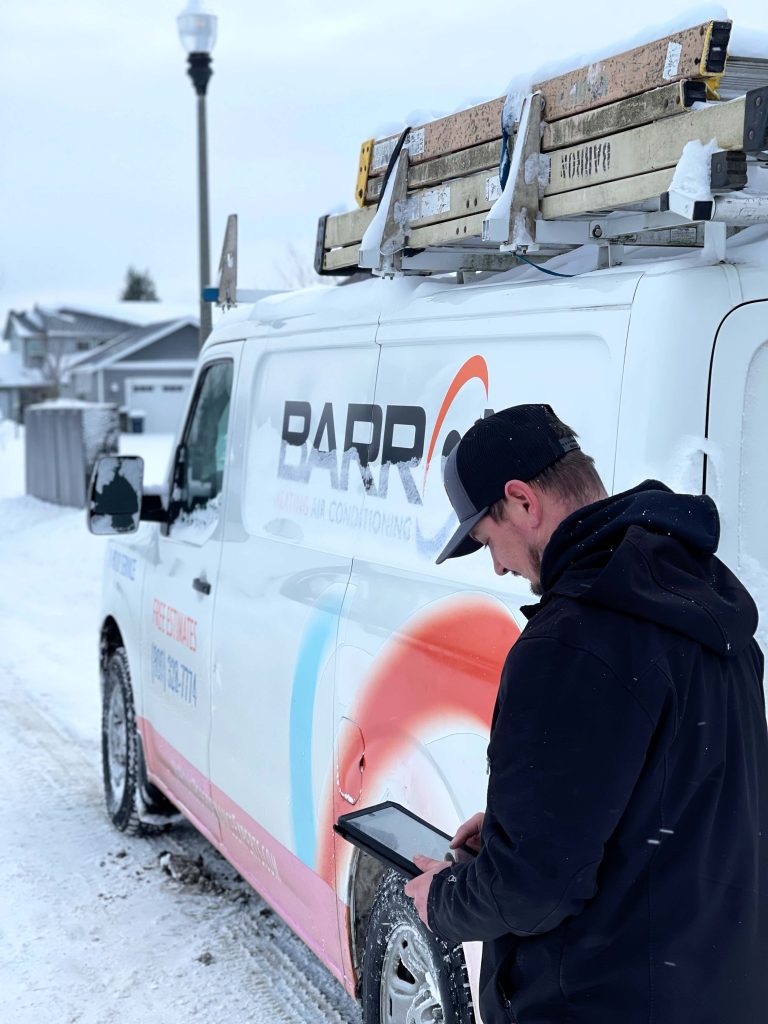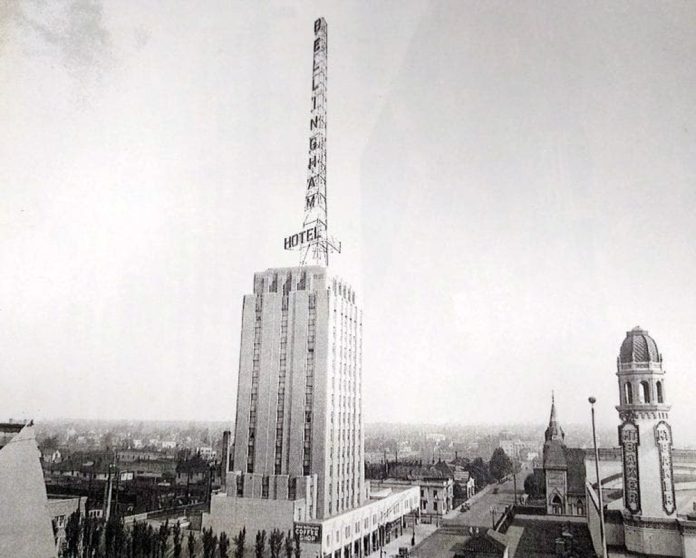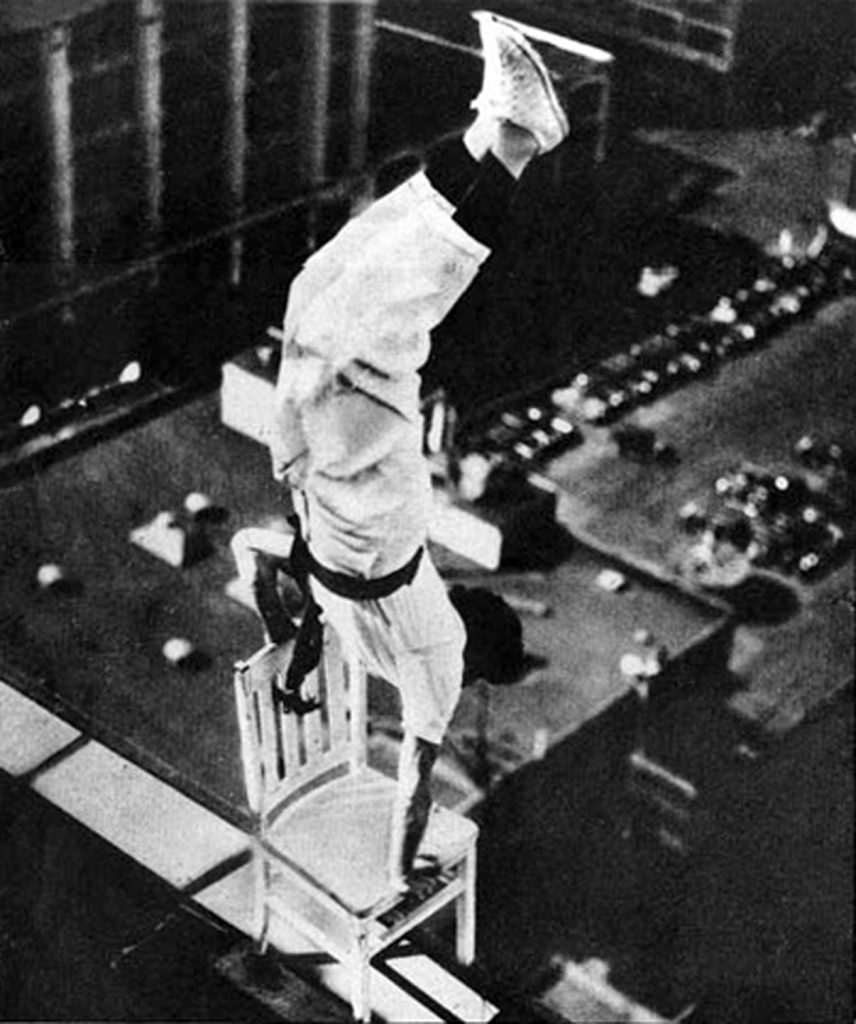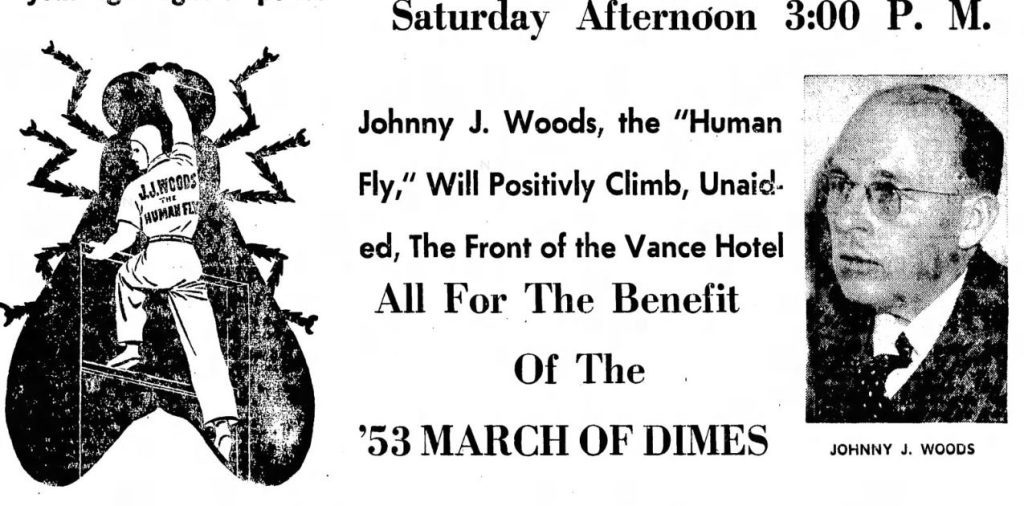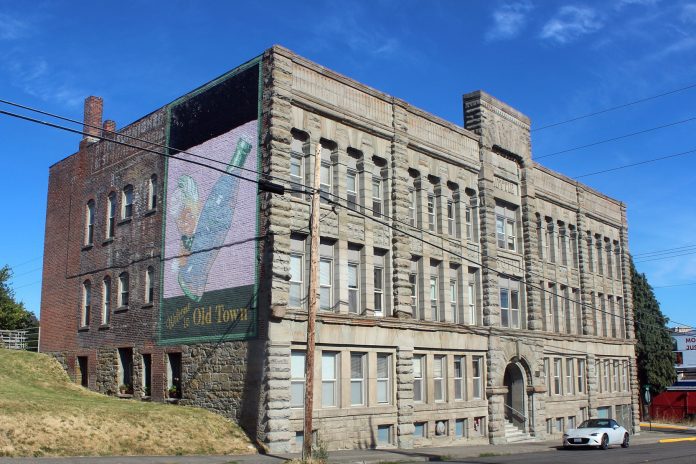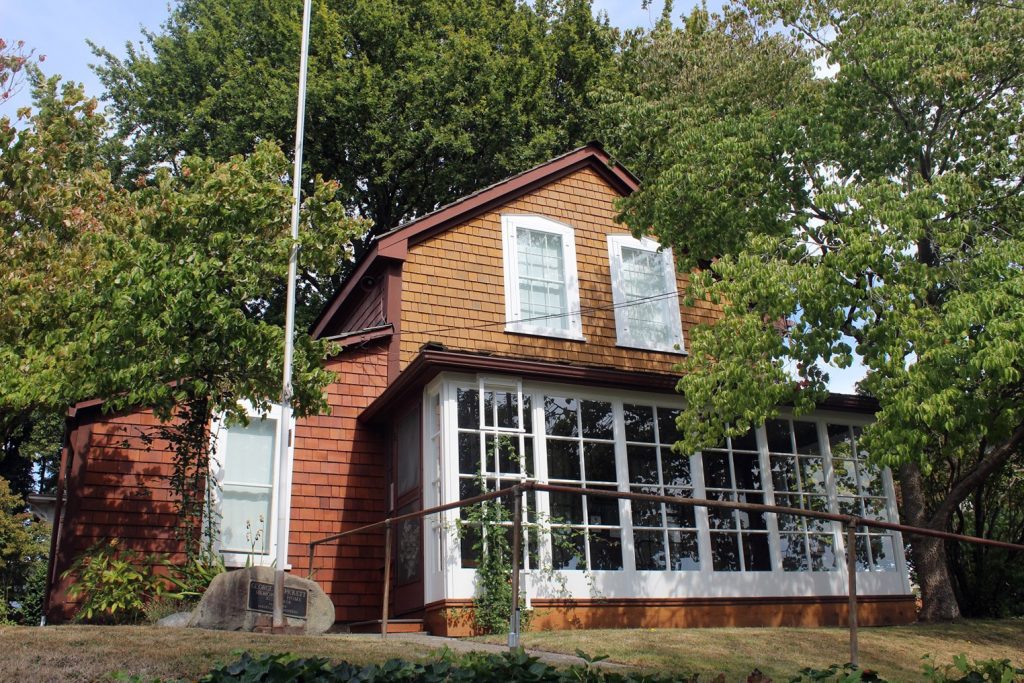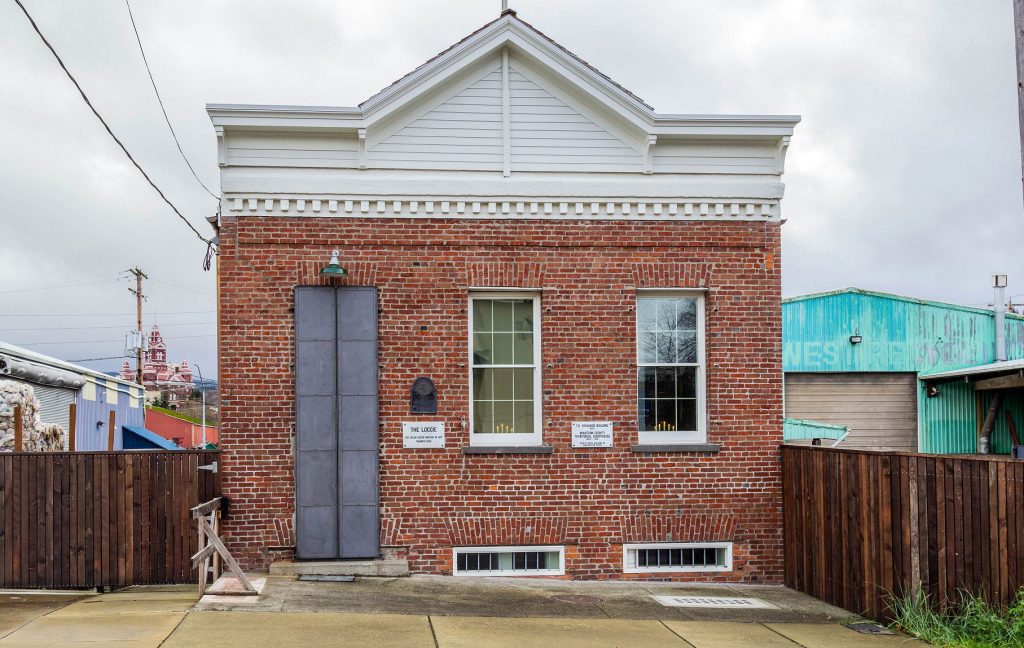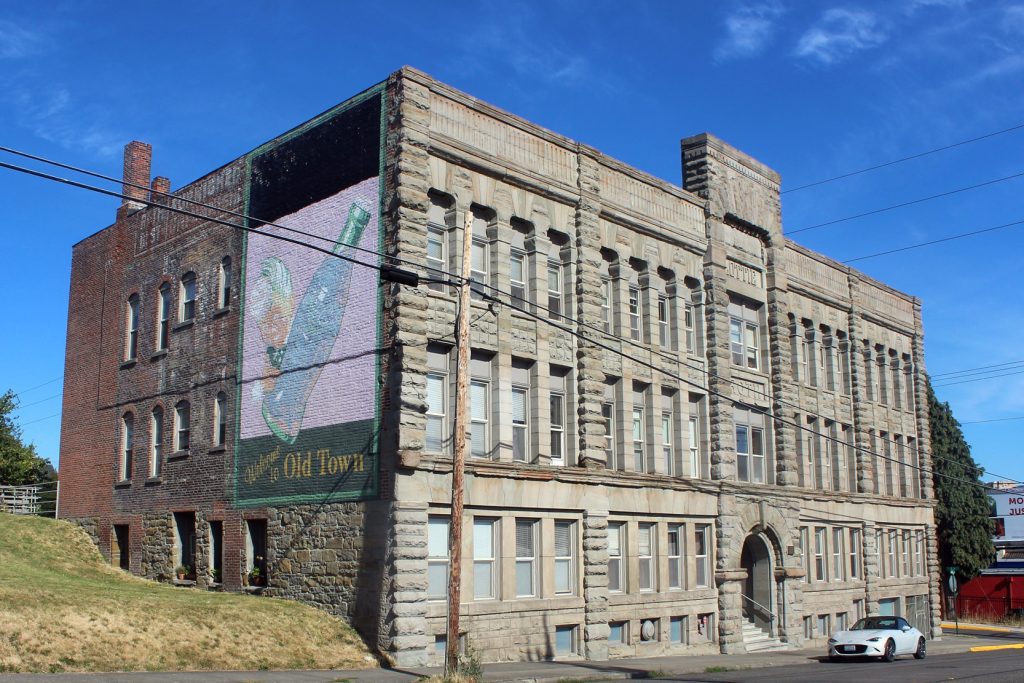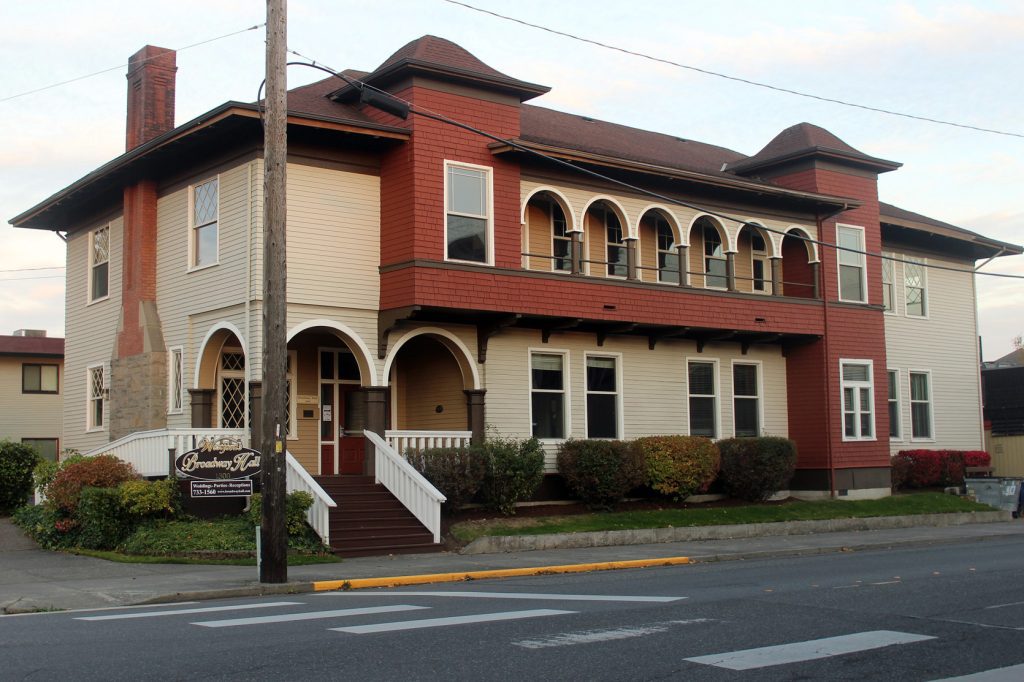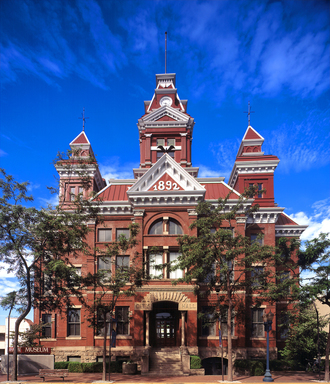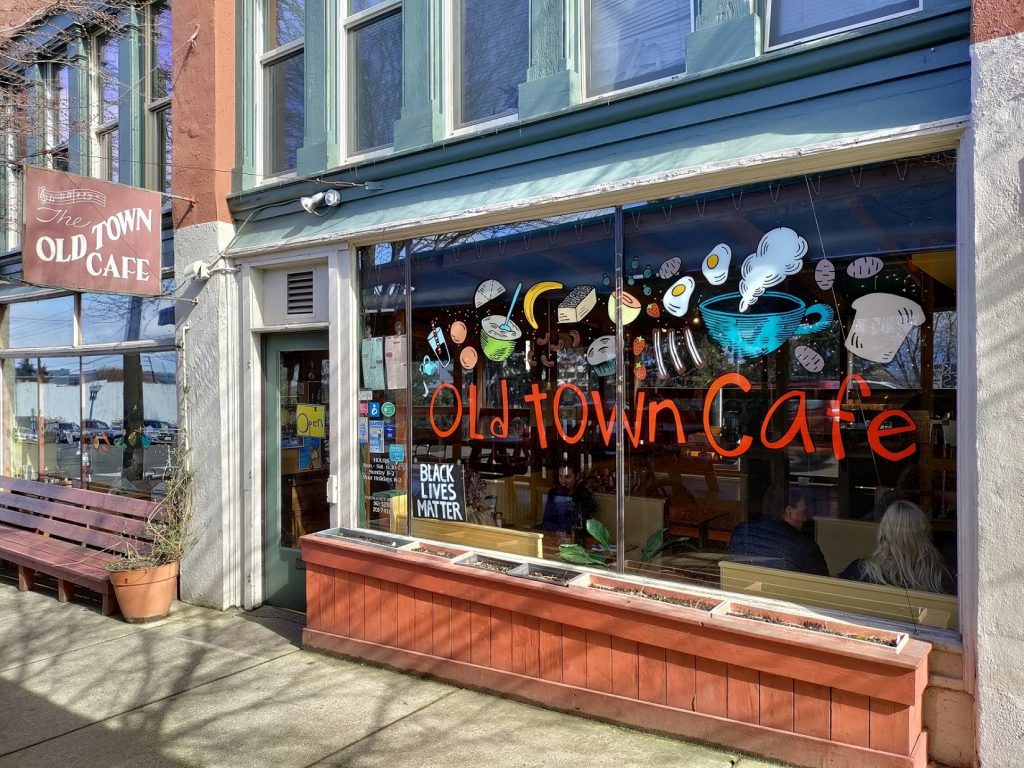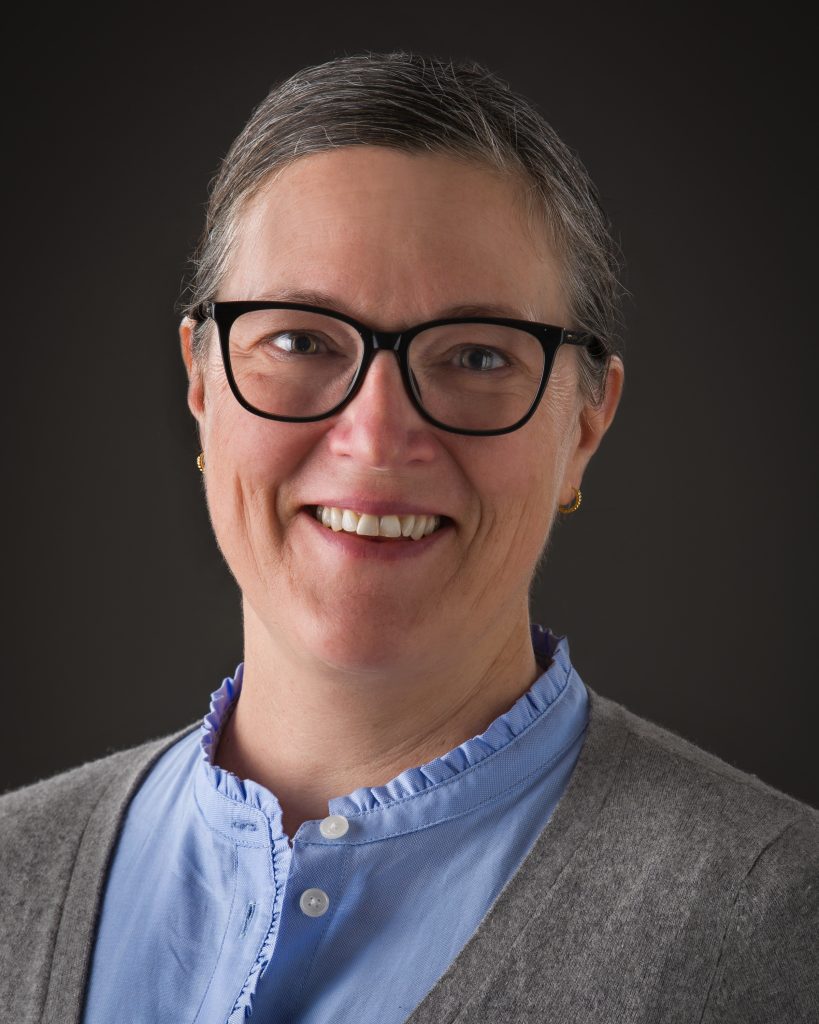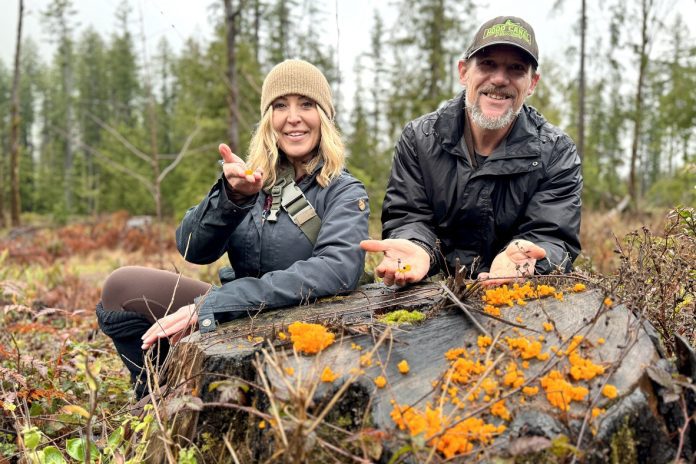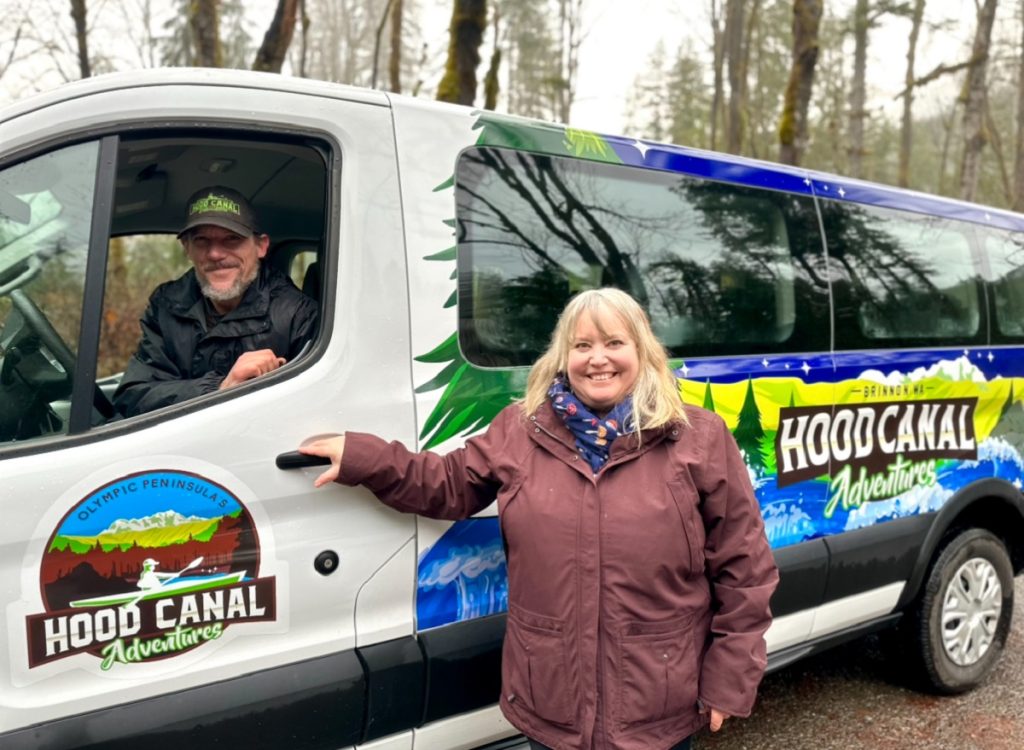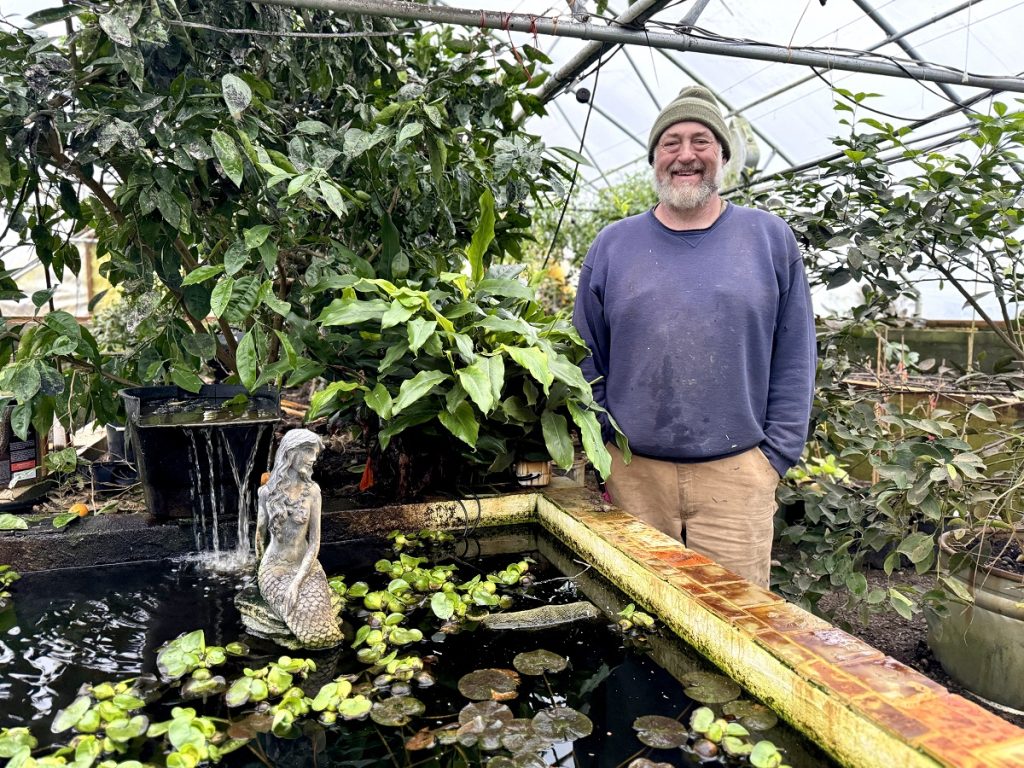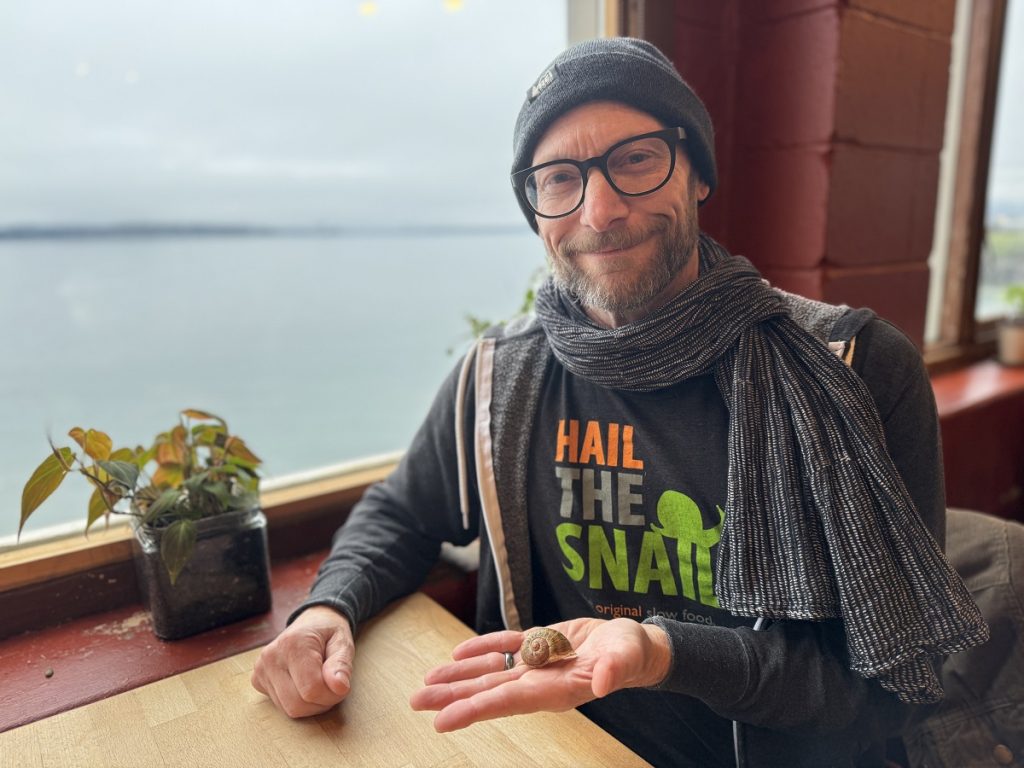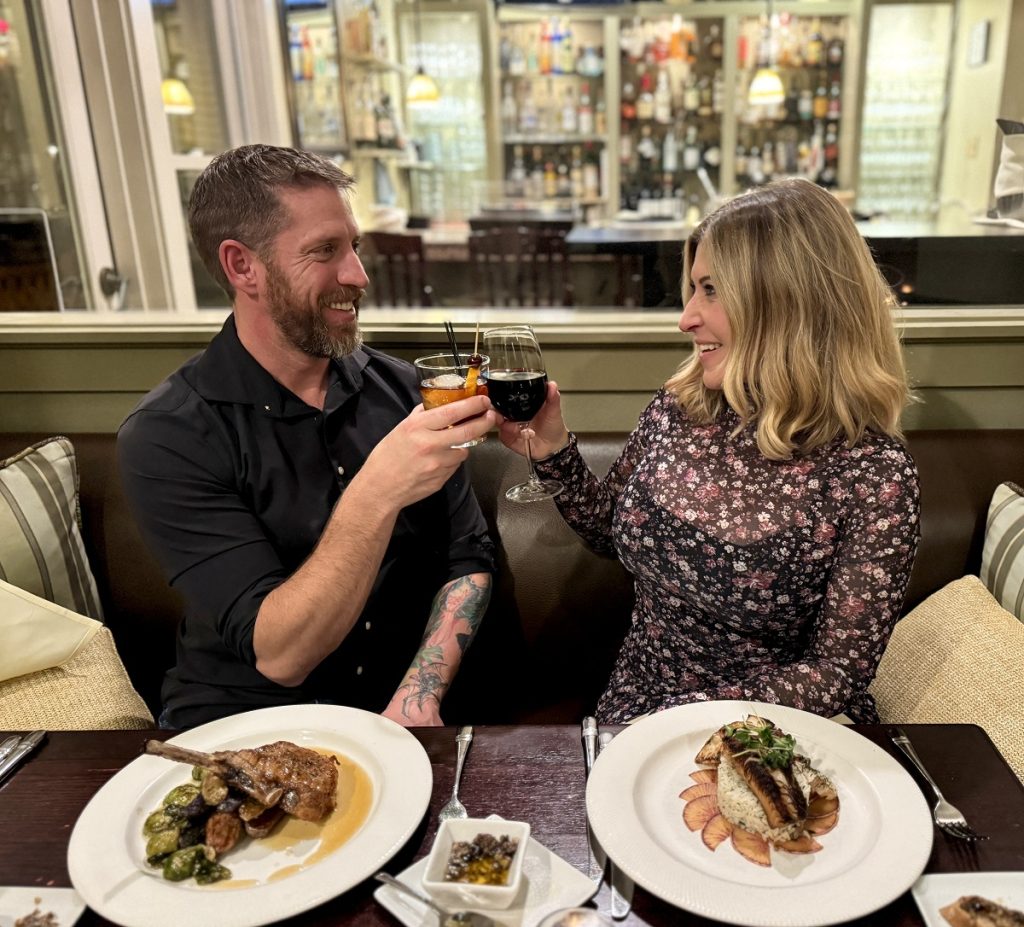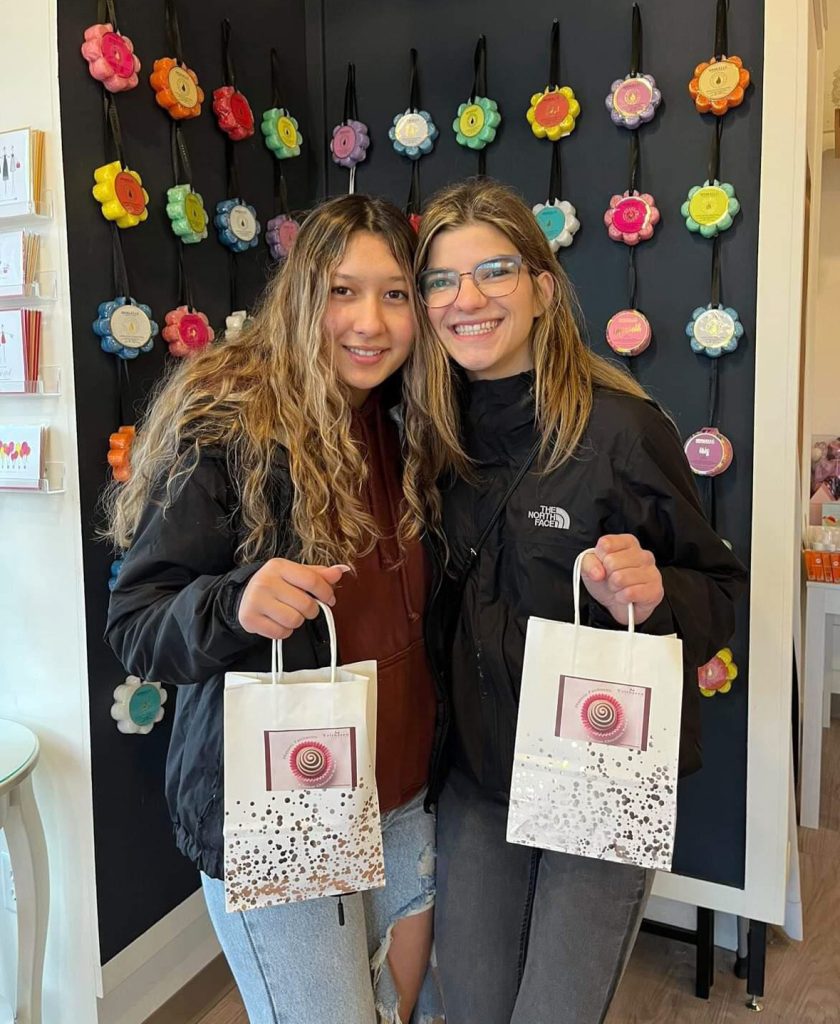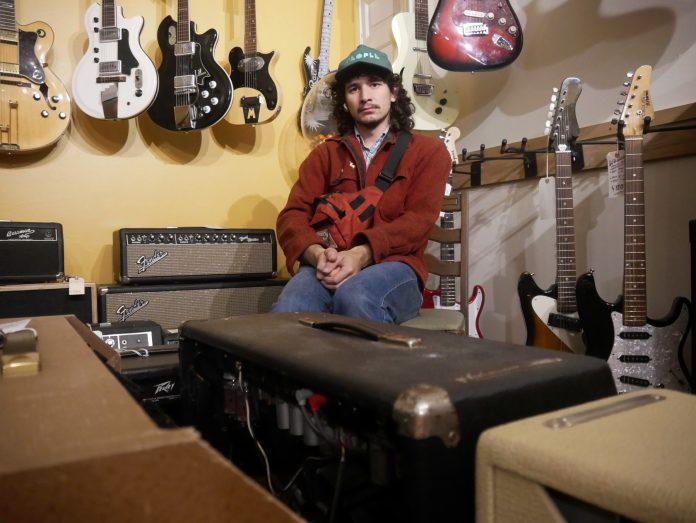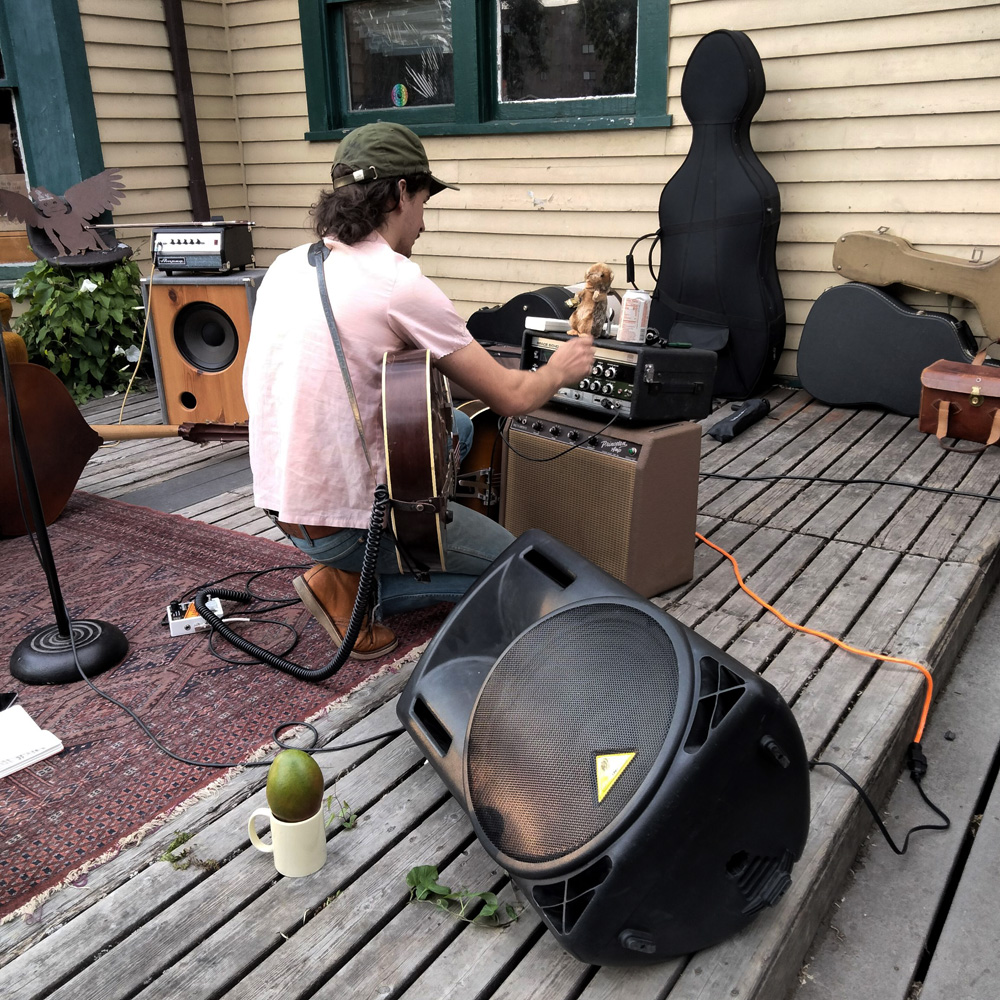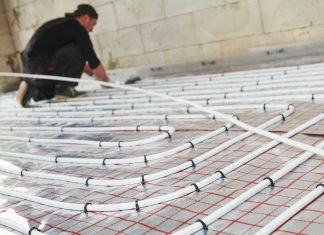Among mountain bikers, “gravel grinding” has emerged as a subculture specialized for gravel roads. From logging roads to trails to city streets, Bellingham’s gravel holds untold adventures for outdoor recreationists.
Many of our area’s gravel roads originated as historical relics from the logging and trolley routes of the late eighteenth through early nineteenth centuries. Since then, rails-to-trails programs have brought recreational attention to them. In 2023, Gravel Adventure Field Guide published its edition on Bellingham.
“We collaborated with Visit Bellingham to map things out, write stories, create art, and ultimately put together the Gravel Adventure Field Guide,” says Creative Director and Co-Founder Stephen Beneski. “[Bellingham] is known for mountain biking [and has] an amazing infrastructure over gravel roads — partly because of the history with trollies that went through town, plus the hiking trails that are in abundance.”
Covering cities across the country, the Field Guild distinguishes Bellingham for its variety of terrain and interconnected routes.
“We stayed in an Airbnb near Whatcom Falls and two blocks away could jump on a trail system that brought us towards town. [Then we got] another trail system that brought us to Fairhaven,” Beneski says. “Very few places have that infrastructure. It was amazing.”

Bellingham’s Gravel Routes
Resources such as Gravel Adventure Field Guide, Gravelmap, and Gravel Rangers list popular destinations locally.
“Chuckanut Mountain, just outside of town, has been a staple for rides,” says Beneski. “It has some advanced mountain biking, but we explored it from the perspective of taking the easier roads connecting some of the harder mountain bike trails and using those connected trails for gravel riding when you leave Bellingham. You have to check them out. That’s part of the green belt — they actually have gravel connectivity paths that go through town.”
Other popular routes include Stewart Mountain and historic logging routes remote in the Chuckanuts.
“There’s a system of trails and roads and infrastructure from logging,” Beneski continues. “That’s a beautiful spot to go ride. There’s also the area up by Baker Lake. Whatcom County is an interesting shape. We utilized part of an existing rails program that’s not in Whatcom County to link people back into the county.”

An Underexplored Subculture
For new riders, the Gravel Adventure Field Guide crew recommend test riding bikes with good tire clearance (such as 700c wheels) to find one that fits your body size.
“Sometimes we’ve noticed people get into their own routines where they ride the same thing over and over again, and they forget to link new spots together,” says Beneski. “We come in with a fresh set of eyes and say, ‘You’ve got this great thing over here. We’ve got this great five mile loop over here. Let’s connect those two and let’s build those to be a 17 mile in the afternoon you ride.’”
Bellingham Gravel Riders, Bellingham Gravel Womxn, and Queens of Dirt are among the local groups that welcome new gravel riders.
“It brings people together with breweries after the ride, which helps maintain locally owned businesses,” Beneski says. It also helps to create a healthier community as more people get around town via bike, rather than car. “As people get more comfortable on their bike, they get more fit and find themselves doing small errands on their bike. You might find people going to the co-op or the library or a friend’s house and riding their bike versus driving their car.”

Connecting Riders
Cafe Velo, Trek Bikes, North Fork Brewery, and Boundary Bay Brewery all organize gravel rides for adventurous locals.
“We have a route that connects Point Roberts with Bellingham and we’re inspiring people to charter a boat with a few friends go out to Point Roberts and ride back,” says Beneski. “If you’re visiting, it would be a way you could almost combine your whale watching budget with the bike ride.”
As bikers and hikers map out routes, they also connect themselves with the area and local groups.

“We hope that people get more comfortable riding — that there will be people who step out and join events and ride to see how they compare with their friends,” Beneski says. “And we also hope people enjoy the experience and create their own adventures — maybe some multi-day bike camping — and explore other parts of the state.”
For information on how to get the Gravel Adventure Field Guide, visit their website and start to plan your own two-wheeled escape into our great outdoors.






